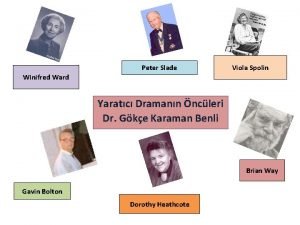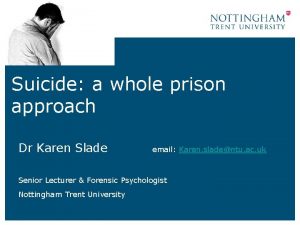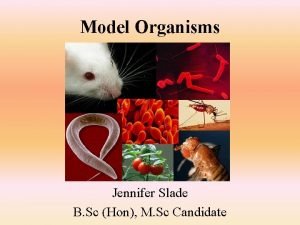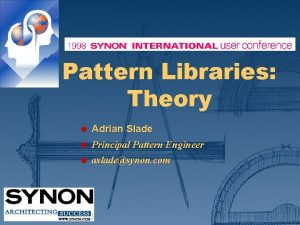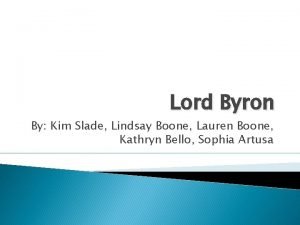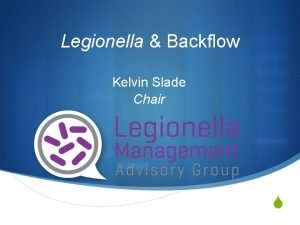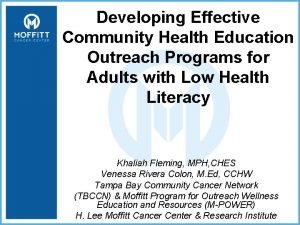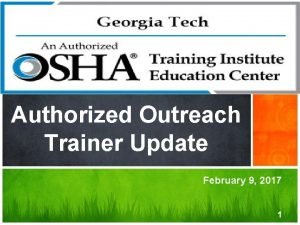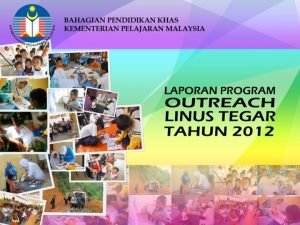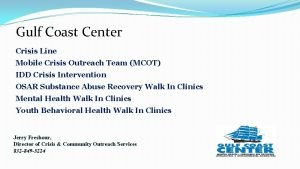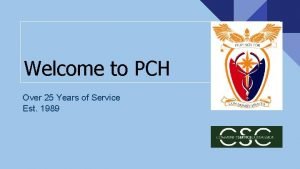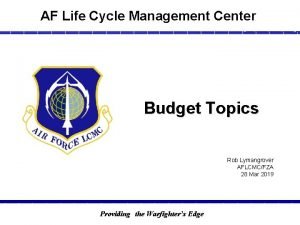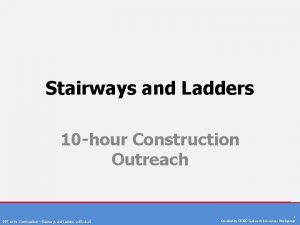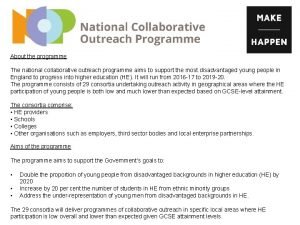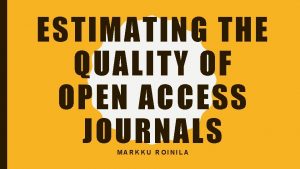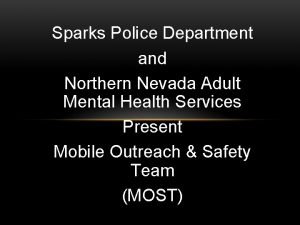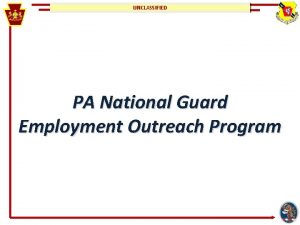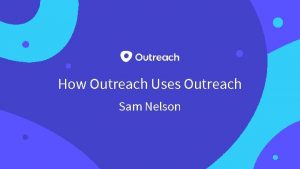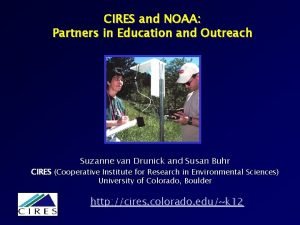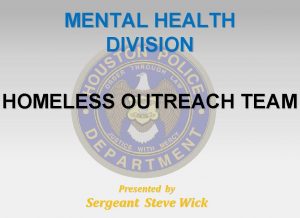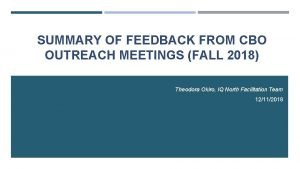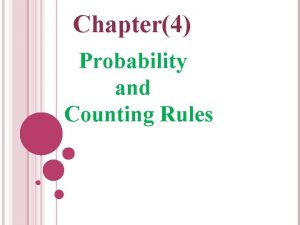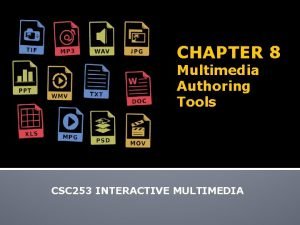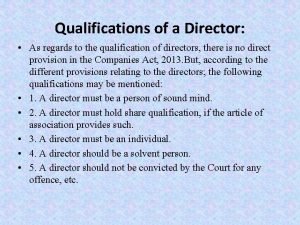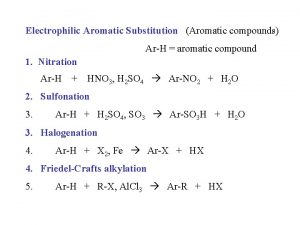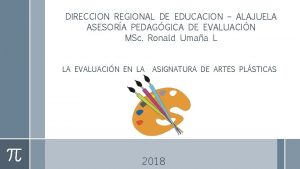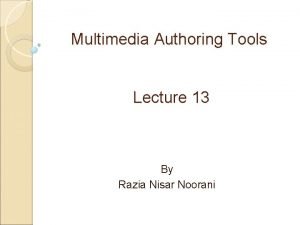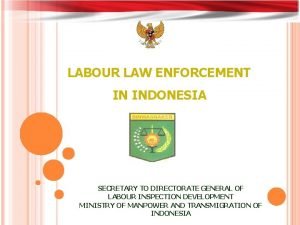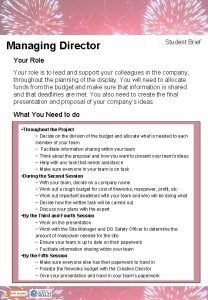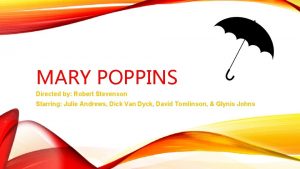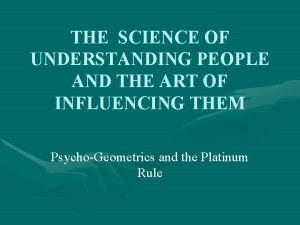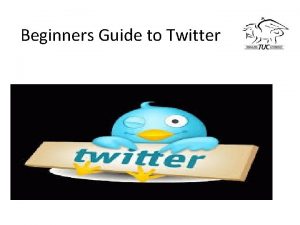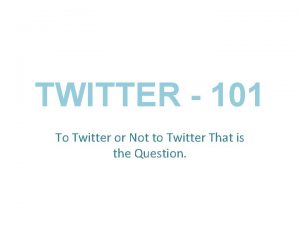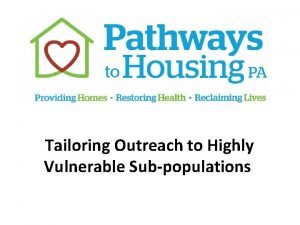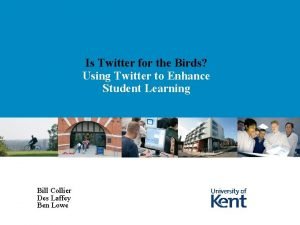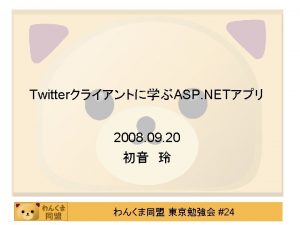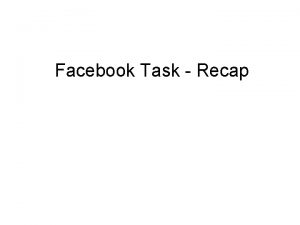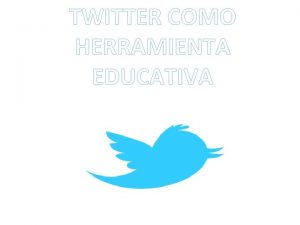Sean Slade Director of Outreach Twitter Sean TSlade









































- Slides: 41

Sean Slade · Director of Outreach Twitter: @Sean. TSlade sslade@ascd. org

Below grade level reading ability…. hunger… asthma… bullying… vision… below grade level math ability… violence… connectedness… poor disciplinary record… English language learner… teacher-student relationship… homelessness …engagement … Which influences the child's ability to learn?



Below grade level reading ability…. hunger… asthma… bullying… vision… below grade level math ability… violence… connectedness… poor disciplinary record… English language learner… teacher-student relationship… homelessness …engagement … Which influences the child's ability to learn? Which do we focus on? Which do we dismiss? Which are educationally acceptable to target? Are any socially acceptable to ignore?


“If decisions about education policy and practice started by asking what works for the child, how would resources — time, space, and human—be arrayed to ensure each child’s success? If the student were truly at the center of the system, what could we achieve? ”

Actualization Esteem Love & Belonging Safety Physiological Abraham Maslow’s Hierarchy of Needs

Actualization Challenged Supported Esteem Love. Engaged & Belonging Safety Safe Physiological Healthy ASCD’s Whole. Hierarchy Child Tenets Abraham Maslow’s of Needs

Imagine a child at 25. Describe them. What characteristics, skills, attributes, attitudes do they possess?





To the doctor, the child is a typhoid patient; to the playground supervisor, a first baseman; to the teacher, a learner of arithmetic. At times, he may be different things to each of these specialists, but too rarely is he a whole child to any of them. —From the 1930 report of the White House Conference on Children and Youth

Vision problems Asthma ADHD Teen pregnancy Inactivity Lack of breakfast Violence 20% 14% 8% 1/3 rd females 1/3 rd to … 2/3 rds prevalent


With every interaction in a school, we are either building community or destroying it. - James Comer

It’s an understanding that students cannot learn unless they are healthy and safe.


"We could have the same headlines, Kids are bored, not connected to school, " said Ethan Yazzie-Mintz, HSSSE project director. "We've got similar numbers in terms of kids who are bored every day -- about 49 percent of the kids are bored every day, 17 percent every class. That's two-thirds of the kids who are bored at least every day. "

Learning is active Memorization Learning is a process binge-and-purge cycle of test prep Learning necessitates doing bubble sheets Learning leads to long-term memory and application learning is fun I taught it, they just didn't learn it

Do this… 1) What one learning event from your schooldays was the most meaningful to you? One event. 1 minute to think. 2) Turn your neighbor and tell them. 1 minute. 3) Swap. 1 minute. 4) How did your neighbor look (facial expressions), how did they sound (voice, intonation, words) as they were describing this event? Positive or negative. Was their one event engaging (fun)?

Fun is not a 4 -letter word.

Healthy and Safe are the foundation But Engaged is the lever. But a lever is only a lever …if it is Supported.


Supported Each student has access to personalized learning and is supported by qualified, caring adults. The next step [to improving the US education system] is to put the effort squarely into attracting, developing, and retaining teachers. . . There is no shortcut to this. The quality of an education system can never exceed the quality of its teachers… …true career path… not just the brightest academically… the right aptitude …extensive teacher training… and continuous in-school development - Andreas Schleicher, OECD (PISA)

Supported Each student has access to personalized learning and is supported by qualified, caring adults. • Increase student's feeling of safety at school (Austin et al) • Increase academic test scores (Basch; CDC; Comer) • Reduce absenteeism (Basch; CDC) • Decrease student dropout (Benard) • Decrease student-student conflict (Griggs et al) • Improve school climate (Cohen et al; Mc. Clure et al) • Improve transition to school (Pianta et al) • Decrease risk-taking behavior (Basch ; CDC; Rudaskill et al) • Develop language skills (O'Connor et al) • Improving self-esteem (De. Wit et al) • Decrease incidences of depression (De. Wit et al)


Each studentworks in our school has access challenging, Our curriculum school andwith instruction families develop to helptoall students' students global comprehensive curriculum between in all content areas. and awareness understandand the competencies, connection including education understanding of language lifelong success. and culture. Our curriculum and instruction provide opportunities for students to develop andevidence-based reasoning Our school curriculum monitors andcritical-thinking instruction and assesses include extracurricular, skills, problem solving competencies, andeducation, technology cocurricular strategies to and prepare community-based students for further experiences to ensure proficiency. students’ career, and academic citizenship. and personal growth. collects and uses qualitative and quantitative Our school extracurricular, provides cocurricular, cross-curricular andopportunities community-based for data to support student academic and personalrelevant growth. to learning programs with provide and through students technology. with experiences higher education, career, and citizenship. Our curriculum, instruction, and assessment demonstrate high expectations for each student.

High expectations + access + the steps to get there = Challenged.

Challenged Supported Engaged Safe Healthy ASCD’s Whole Child Tenets

Challenged Supported Engaged Safe Healthy ASCD’s Whole Child Tenets

Traits and skills such as critical thinking, creativity, problem solving, persistence, and self-control—which are often collectively called noncognitive skills, or social and emotional skills—are vitally important to children’s full development. They are linked to academic achievement, productivity and collegiality at work, positive health indicators, and civic participation, and are nurtured through life and school experiences. Developing these skills should thus be an explicit goal of public education.

By educating a new generation of global citizens prepared to create, collaborate, and navigate the world’s complexities… Individual success increasingly depends upon students’ interpersonal dexterity, creativity, and ability to innovate… • • Communicate (think critically, assess information, digital literacy) Socialize (collaborate, cooperate, empathy, leadership) Intrapersonal (self-regulation, perseverance, determination) Global perspective (global awareness, cultural understanding)

Skills for Social Progress: The Power of Social and Emotional Skills Today’s children will need a balanced set of cognitive, social and emotional skills in order to succeed in modern life. Their capacity to achieve goals, work effectively with others and manage emotions will be essential to meet the challenges of the 21 st century. Social and emotional skills are powerful drivers of well-being and social progress. Children can learn some of these skills which would help them achieve long-term goals, work better with others and manage their emotions.


The Harvard Graduate School of Education released a report on Wednesday endorsed by dozens of other schools that proposes radical changes to the way colleges evaluate prospective students. • Promoting more meaningful contributions to others, community service, and engagement with the public good. • Assessing students' ethical engagement and contributions to others in ways that reflect varying types of family and community contributions across race, culture, and class. • Redefining achievement in ways that level the playing field for economically diverse students and reduce excessive achievement pressure.

healthy safe each… …and supported challenged engaged

use the framework list the Tenets align to School Improvement advocate for change network with states, districts, schools embed in mission statement

Sean Slade · Director of Outreach Twitter: @Sean. TSlade sslade@ascd. org
 Jakov slade
Jakov slade Yaratıcı dramanın öncüleri
Yaratıcı dramanın öncüleri Karen slade
Karen slade Jennifer slade
Jennifer slade Adrian slade
Adrian slade Ken slade
Ken slade Audrey slade
Audrey slade Lord byron kimdir
Lord byron kimdir Kelvin slade
Kelvin slade Proactive patient outreach
Proactive patient outreach Nesac outreach facility
Nesac outreach facility Community health education outreach programs
Community health education outreach programs Georgia tech osha outreach portal
Georgia tech osha outreach portal Pengenalan program
Pengenalan program Osar
Osar Pch outreach program
Pch outreach program Deams outreach portal
Deams outreach portal Stairways and ladders
Stairways and ladders National collaborative outreach programme
National collaborative outreach programme Drug outreach team belfast
Drug outreach team belfast Research outreach predatory
Research outreach predatory Mobile outreach safety team reno
Mobile outreach safety team reno Kentucky national guard agr jobs
Kentucky national guard agr jobs Sam nelson content
Sam nelson content Cires education and outreach
Cires education and outreach Hpd mental health division
Hpd mental health division Theodora okiro
Theodora okiro Chapter 4 probability and counting rules answers
Chapter 4 probability and counting rules answers Director
Director Que es desarrollo profesional
Que es desarrollo profesional Features of multimedia authoring tools
Features of multimedia authoring tools Qualification of a director
Qualification of a director Which is aromatic
Which is aromatic Regional de alajuela
Regional de alajuela Features of macromedia director
Features of macromedia director Director of labour market enforcement
Director of labour market enforcement Role brief
Role brief Con ganas de triunfar director
Con ganas de triunfar director Vestige car fund plan
Vestige car fund plan Mathew garber
Mathew garber Director socializer relater thinker test
Director socializer relater thinker test Organigrama
Organigrama

